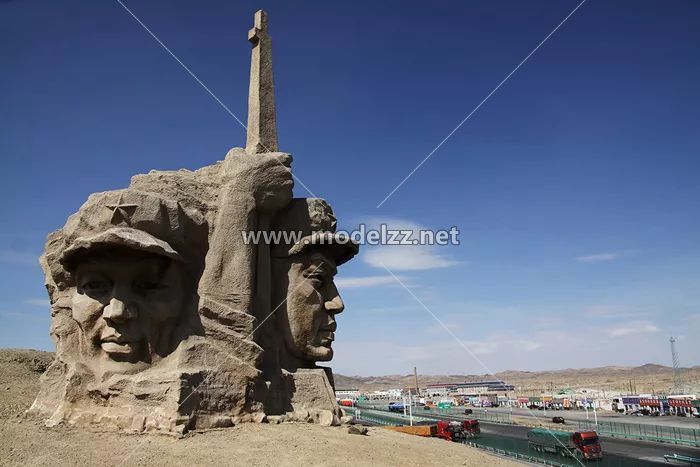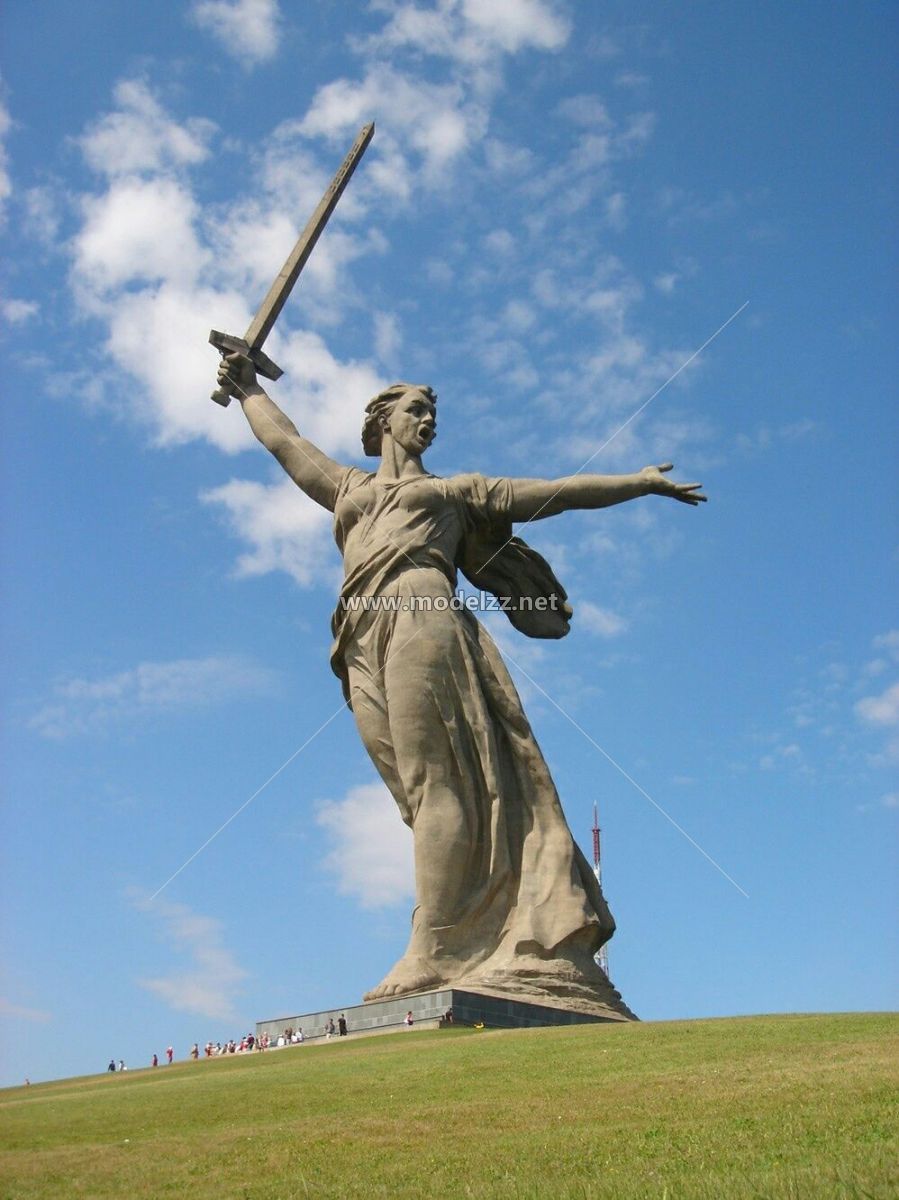Military sculpture, like the most faithful watchers in history, recording history and gradually integrated into history. When we approach the military sculptures, we feel the weight of history and heroic spirits, and indomitable spirit of the army, their fearless of any revolutionary courage and the strong will to overcome any difficulties and obstacles. They are commly placed in the history museums, martyrs cemetery, public parks and so on.

The theme of military statues is to commemorate the important figures contributed to that locality or nation with great spirits conveying the noble sacrifice for their country made by the individual depicted in the statue. The history of military statues has often been inextricably bound with that of equestrian statues, which depict a rider mounted on a horse. Military leaders were frequently commemorated in statue form in Ancient Rome, while equestrian statues were also popular in Ancient Greece and the ancient Middle and Far East.

The popularity of equestrian and imitation copper man statue and human statue declined in the Middle Ages, and it took until the Renaissance for a surviving monumental equestrian bronze to be cast in Europe again – specifically, Donatello’s heroic depiction of the condottiere Gattamelata in Padua. Many other remarkable military statues followed, while another great age for equestrian statues was the European age of Absolutism in the 17th and 18th centuries, particularly in the France of Louis XIV. He and other ambitious European monarchs with a belief in the Divine Right of Kings wasted little time in exploiting equestrian and military imagery to give themselves a veneer of glory and power in statue form, with the almost life-size equestrian statue of Charles I of England in London.
By the 19th and 20th centuries, the skills needed to create glorious military statues were becoming more and more widespread. Today, military statues can be created to a customer’s exact requirements by extremely skilled and diligent sculptors as decorative statue.

